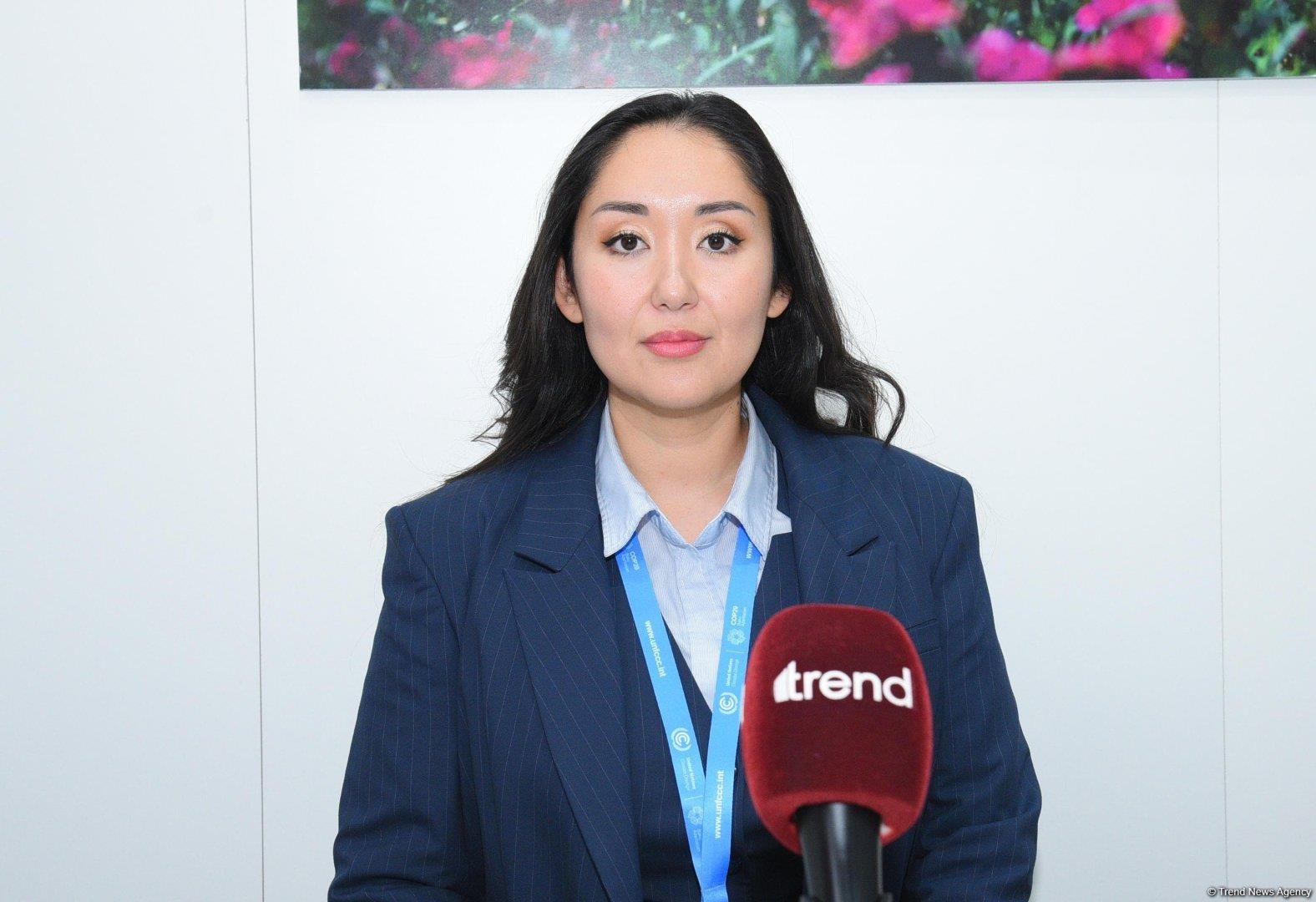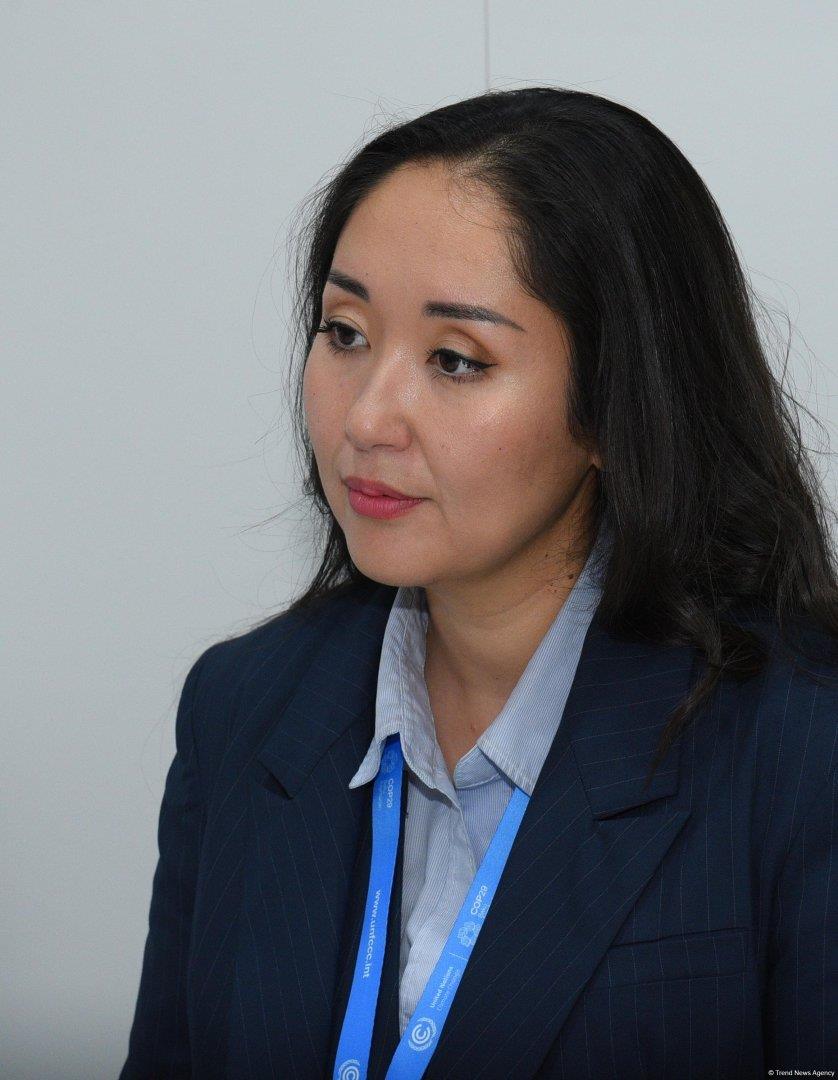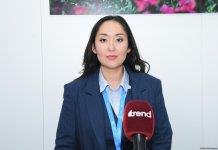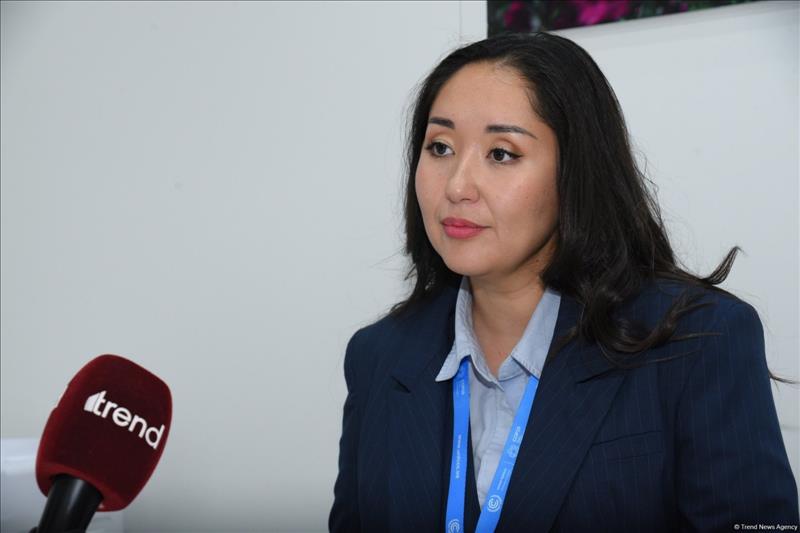
Middle Corridor - Green Ammonia's Best Run From Kazakhstan To Europe SVEVIND (Exclusive Interview) (PHOTO)
Tumysheva laid it all on the line about the Hyrasia One project, nestled in Kazakhstan's Mangystau region. The plan is to roll up their sleeves and build a plant that will churn out green hydrogen, which will then be transformed into green ammonia for the long haul. The German-owned SVEVIND Energy Group is rolling up its sleeves and making strides, hitting several key milestones over the past year.
"We have been engaged in the Hyrasia One project for the last three years. Although we remain in the preliminary phase, we have achieved considerable advancement. We have finalized pre-FEED (pre-front-end engineering and design work and activities)studies with Technic Genesis, initiated our environmental and social impact evaluations, and are currently obtaining requisite permits and resources," she said.
The investment director stated that Hyrasia One is an environmentally sustainable project, with its developers dedicated to complying with international environmental standards, including those established by the World Bank (WB) and the European Bank for Reconstruction and Development (EBRD).
She made it clear that the environmental and social assessments for the project, which are in full swing, touch on a myriad of issues like biodiversity, water usage, archaeological matters, and the migratory habits of birds and bats. These are all pieces of the puzzle to make sure the project hits the nail on the head when it comes to the highest ecological standards.
"We are committed to having minimal environmental impact while constructing and operating the project. This is crucial for both securing financing and fulfilling our commitment to green energy development," Tumysheva explained.
As the project rolls along, Hyrasia One is also putting the wheels in motion for transportation logistics concerning its green ammonia product. The director pointed out that the end game, green hydrogen, will be transformed into ammonia to make it a walk in the park for transport.
"Green ammonia serves as the energy carrier for long-distance transportation. We have performed a comprehensive transport and logistics evaluation with our partner, Deutsche Bahn, examining the current infrastructure corridors linking Kazakhstan to Europe and Asia," she said.
As Tumysheva points out, the best bet for getting green ammonia to Europe is the Middle Corridor, which sails over the Caspian Sea and winds its way through Azerbaijan.
"We have evaluated the technical feasibility of utilizing the Middle Corridor for the transportation of green ammonia and determined that it is a viable option. This will rely on obtaining long-term, binding take-or-pay agreements with purchasers in Europe. If demand originates in Europe, it is quite probable that the ammonia will transit through Azerbaijan," Tumysheva stated.
She further underscored that the project's success hinges on forging robust agreements with European consumers to guarantee a steady demand for green ammonia, thereby validating the investment in transportation infrastructure.
Tumysheva pointed out that Kazakhstan's commitment to renewable energy is another key element of the Hyrasia One project and the country has set ambitious goals to reduce its carbon emissions as part of its obligations under the Paris Agreement. Kazakhstan aims to reach net-zero emissions by 2060 and is rapidly developing renewable energy projects, particularly wind and solar power.
"At present, renewable energy sources account for about 6.5 percent of Kazakhstan's national grid, and the government aims to increase that to 15 percent by 2030. Kazakhstan has tremendous potential for renewable energy, especially wind and solar. The country's geographical conditions are ideal for large-scale renewable electricity generation," Tumysheva said.
She believes that Kazakhstan is sitting pretty to turn into a regional hotspot not just for green hydrogen, but also for green electricity. She pointed out the recent handshake between Azerbaijan, Kazakhstan, and Uzbekistan to kick the tires on the idea of building an electricity transmission link to ferry green energy to the EU.
"Both Kazakhstan and Uzbekistan have fantastic wind resources, and we've been measuring these resources for the past two years. These conditions could make the region a major player in the global renewable energy market," she said.
Tumysheva also addressed the broader potential for renewable energy projects in the region. She mentioned that SVEVIND Energy has developed large-scale projects in Arctic Sweden, including Europe's largest onshore wind park. However, Hyrasia One in Kazakhstan is currently SVEVIND's only green energy project outside of Europe.
"Given the excellent wind and solar conditions in Kazakhstan and the surrounding region, there is significant potential for future renewable energy projects, not only in Kazakhstan but also in neighboring countries," Tumysheva said.
Tumysheva stressed that the Hyrasia One project is SVEVIND's current priority, even if the area has long-term expansion potential.
"For now, the Hyrasia One is the only major project we are developing in this region, but there's clearly significant potential for future investments in renewable energy across Central Asia," she said.





Legal Disclaimer:
MENAFN provides the information “as is” without warranty of any kind. We do not accept any responsibility or liability for the accuracy, content, images, videos, licenses, completeness, legality, or reliability of the information contained in this article. If you have any complaints or copyright issues related to this article, kindly contact the provider above.
Most popular stories
Market Research

- Manuka Honey Market Report 2024, Industry Growth, Size, Share, Top Compan...
- Modular Kitchen Market 2024, Industry Growth, Share, Size, Key Players An...
- Acrylamide Production Cost Analysis Report: A Comprehensive Assessment Of...
- Fish Sauce Market 2024, Industry Trends, Growth, Demand And Analysis Repo...
- Australia Foreign Exchange Market Size, Growth, Industry Demand And Forec...
- Cold Pressed Oil Market Trends 2024, Leading Companies Share, Size And Fo...
- Pasta Sauce Market 2024, Industry Growth, Share, Size, Key Players Analys...






















Comments
No comment